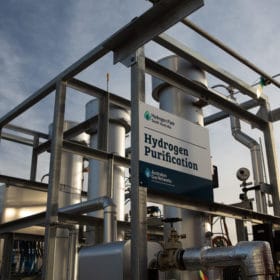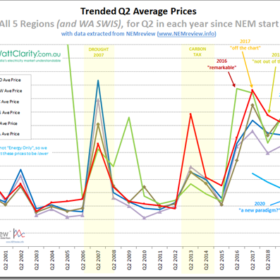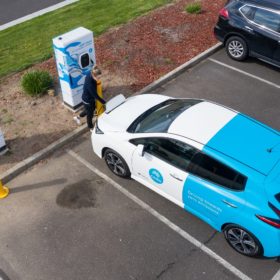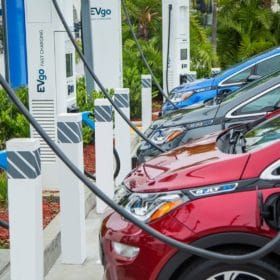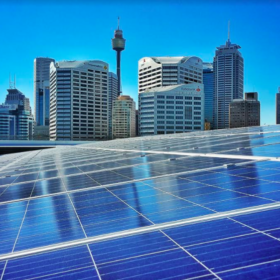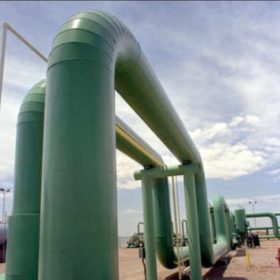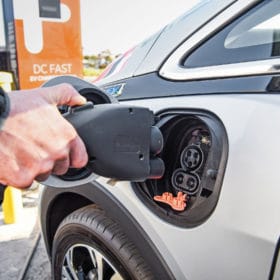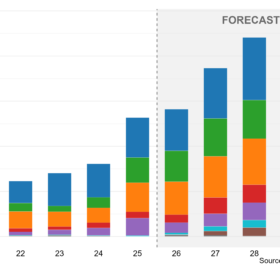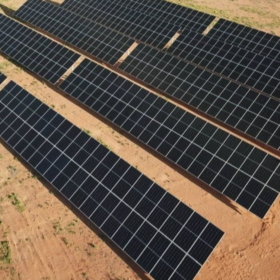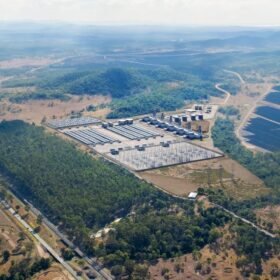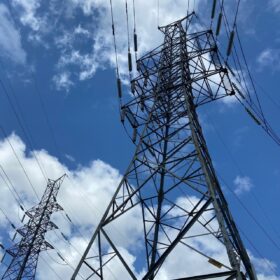Are the Nationals now the party for mining, not farming?
The return of Barnaby Joyce to the federal National Party’s top job has highlighted tensions within, and dilemmas for, the broader party – particularly on climate change policy and coal.
Australia needs a green hydrogen target
A renewable hydrogen target will spur massive investment, bringing the cost of the ‘God Molecule’ down the cost curve, and helping to secure Australia’s future in this century of decarbonisation.
Looking back at a Q2 2021 period that’s been anything but boring
We’ve ticked over into July 2021, and so have left Q2 behind us… now with two units at Callide back in service, and also three units at Yallourn as well (though Yallourn unit four missed its expected return to service on Wednesday 30th June). Let’s hope prices continue to settle down.
Why most Aussies won’t be owning electric cars in the next five years
If the first few months of the year are anything to go by, 2021 looks to be a turning point in the conversation about an electric vehicle (EV) future. Major car manufacturers have already made game-changing announcements, with Ford’s European arm committing to an all-electric lineup by 2030, and Volvo planning to phase out internal combustion engines by the same year, including hybrids.
Cramming cities full of electric vehicles means we’re still depending on cars — and that’s a huge problem
This week, the NSW government announced almost A$500 million towards boosting the uptake of electric vehicles. In its new electric vehicle strategy, the government will waive stamp duty for cars under $78,000, develop more charging infrastructure, offer rebates to 25,000 drivers, and more.
Net zero by 2050? Even if Scott Morrison gets the Nationals on board, hold the applause
Resurrected Nationals leader Barnaby Joyce is back in the saddle, facing backwards. His determination to prevent the Morrison Government from adopting a target of net-zero greenhouse emissions by 2050 will again delay the renovation of Australia’s climate policy.
What G7 leaders could have said – but didn’t
The four-day G7 summit in Cornwall ended with little cause for celebration from anyone worried about climate change. Most of the pledges that emerged were relatively old news, with the UK repeating its promise of £500 million for ocean conservation efforts and the group reaffirming its commitment to end support for coal production abroad.
Tracking the transition: the ‘forgotten’ emissions undoing the work of Australia’s renewable energy boom
Climate and energy specialists at the Australian National University have published a working paper on the data that will create a set of indicators to quantify the progress of Australia’s energy system transition. Initial findings show that despite renewables-driven strides in electricity supply, reductions in emissions have come from elsewhere, and the transport, industry and buildings sectors are dragging the country backwards.
Why green hydrogen is reaching tipping point
An increasingly dynamic low-carbon hydrogen market has seen a deluge of government support, corporate commitments, announced projects and even bystander intrigue over the past 18 months. We believe this activity amounts to a paradigm shift which will see green hydrogen – hydrogen created from the electrolysis of water using renewable energy – emerge as a key element of the energy transition.
Check your mirrors: 3 things rooftop solar can teach us about Australia’s electric car rollout
Governments and car manufacturers are investing hundreds of billions of dollars on electric vehicles. But while the electric transport revolution is inevitable, the final destination remains unknown.

